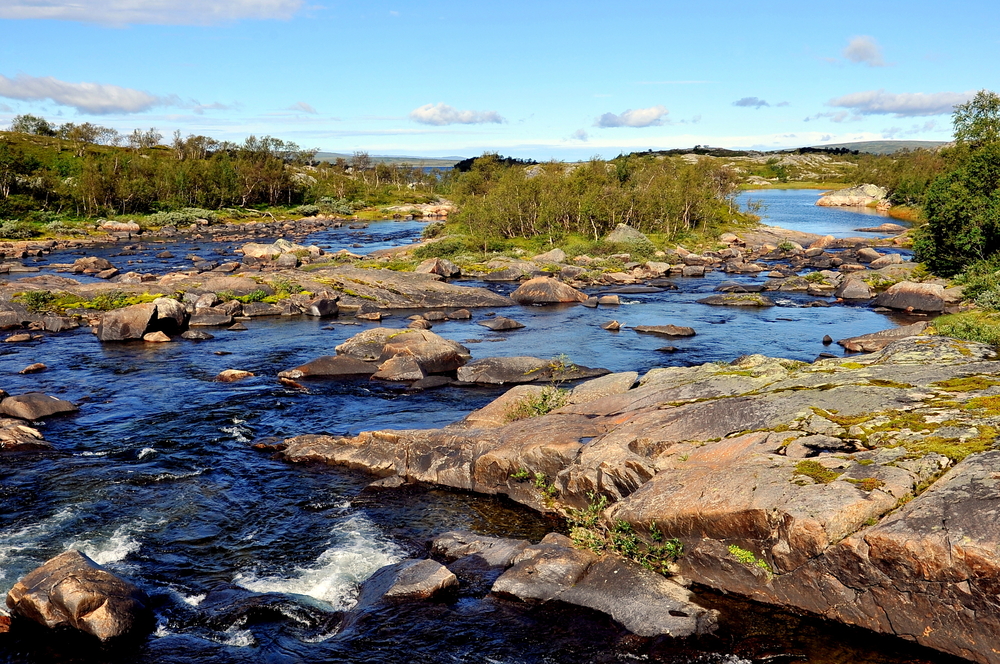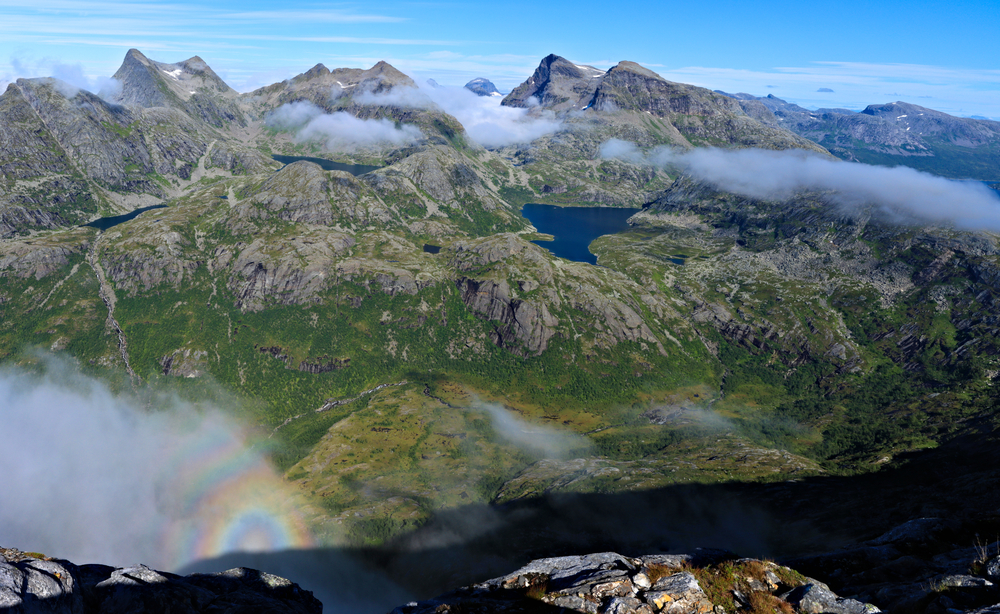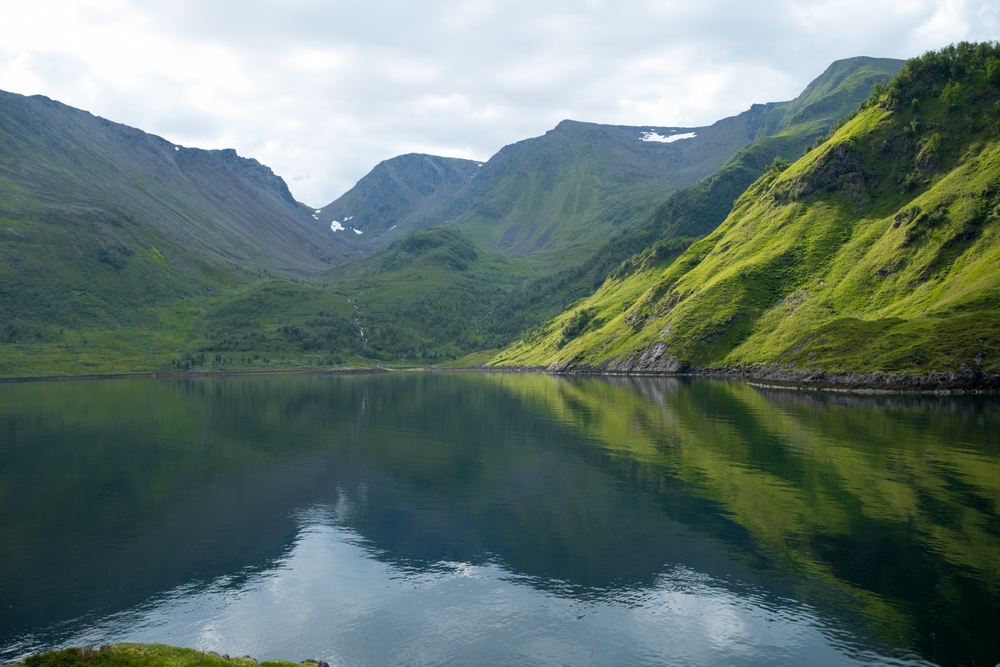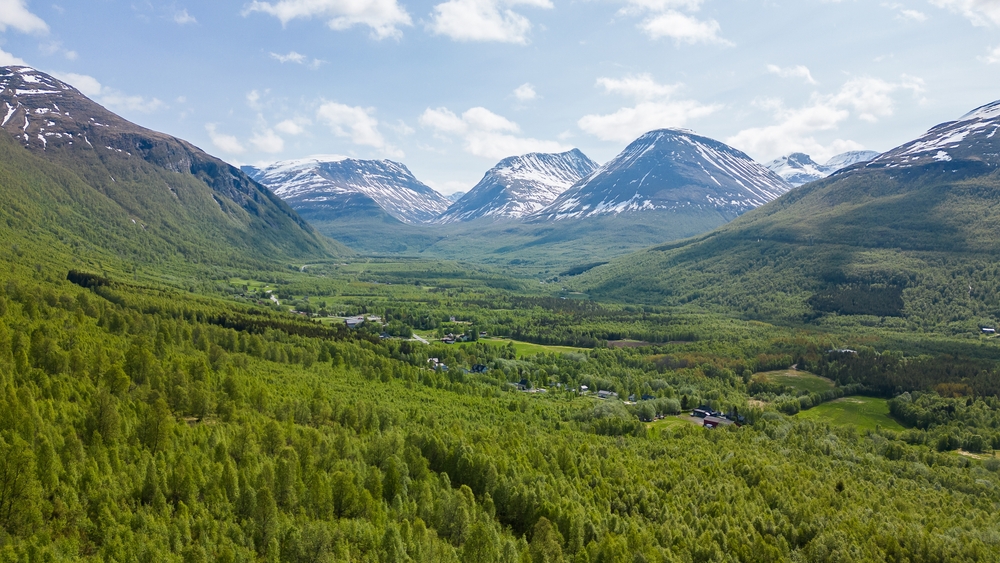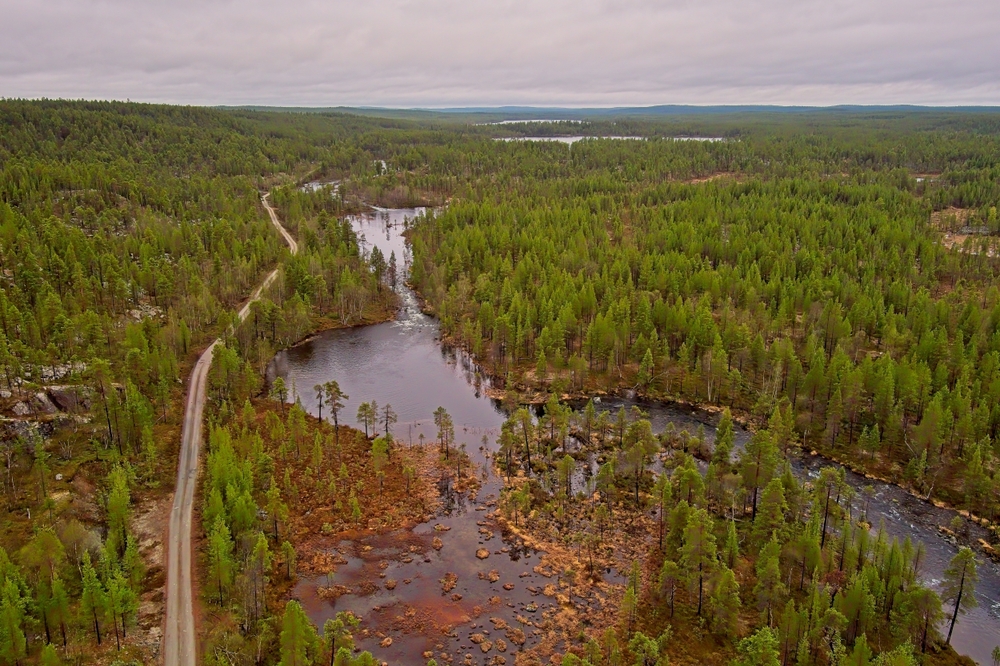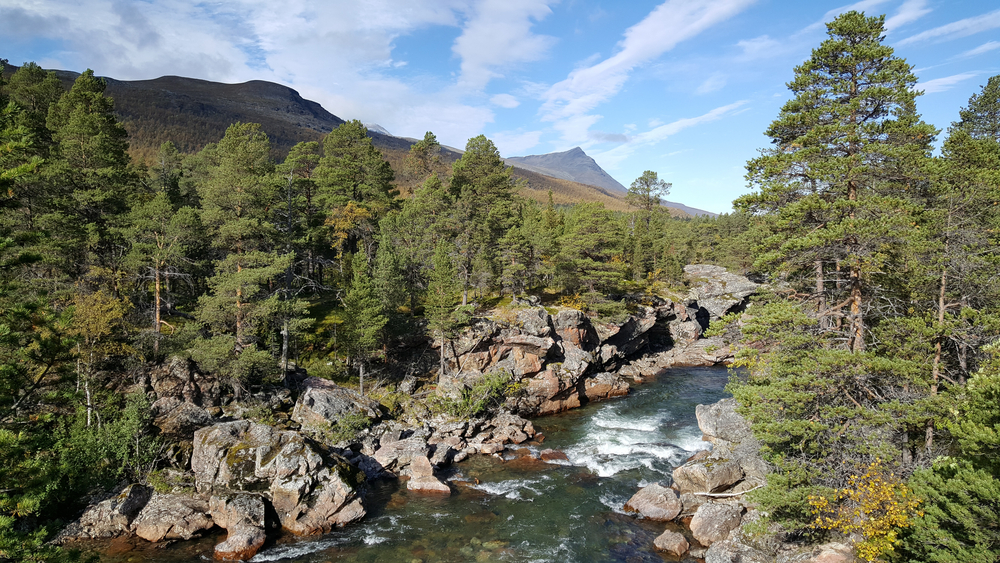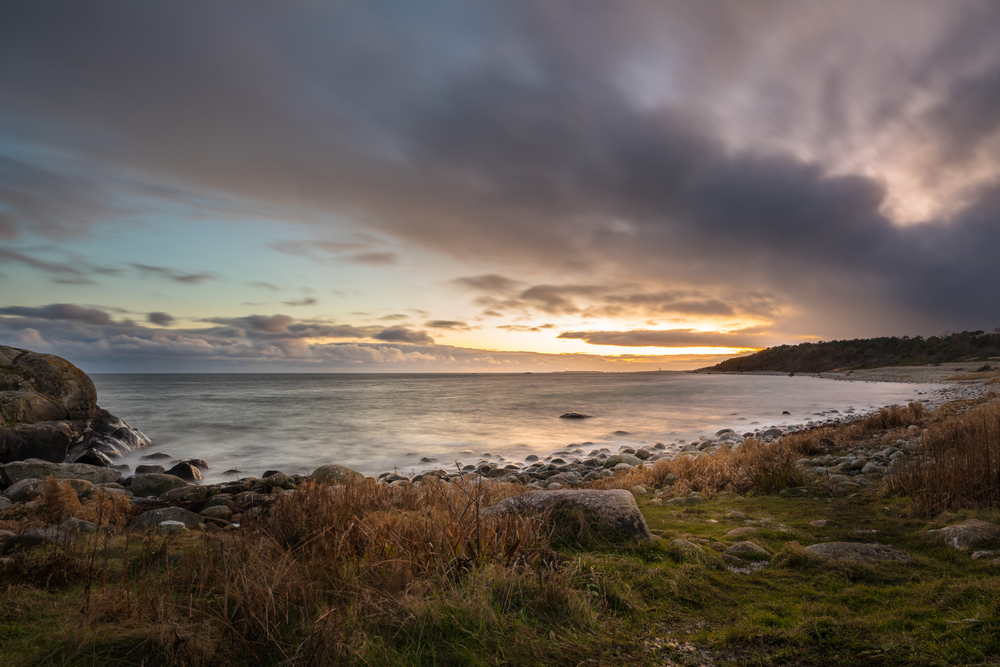Skarvan and Roltdalen Overview
Skarvan and Roltdalen National Park, known locally as Skarvan og Roltdalen nasjonalpark, is located in Trøndelag County in central Norway. The park spans an area of 164 square miles (426 square kilometers) and is characterized by vast rolling valleys, rugged mountains, and ancient forests.
It was established in 2004 to protect one of the last remaining large wilderness areas in the region. The park lies east of the city of Trondheim and encompasses parts of the municipalities of Selbu, Tydal, Meråker, and Stjørdal. This landscape is deeply influenced by glacial activity, resulting in striking landforms, including rounded peaks and expansive valleys shaped over thousands of years.
The terrain within Skarvan and Roltdalen National Park varies significantly, with the Skarvan mountain range forming a dramatic centerpiece. The highest point in the park is Fongen Mountain, which stands at 5,124 feet (1,562 meters) above sea level.
This rugged peak contrasts with the vast rolling valleys of Roltdalen, where wetlands, rivers, and dense forests create a rich mosaic of habitats. The park is home to some of the oldest pine forests in Norway, with towering trees that have stood for centuries.
Birch woodlands dominate the lower elevations, while higher elevations transition to alpine tundra, where vegetation consists of mosses, lichens, and low-lying shrubs adapted to the harsh climate.
Skarvan and Roltdalen National Park supports a diverse range of wildlife, with several iconic Nordic species making their home within its boundaries. Visitors may encounter moose, red deer, and roe deer grazing in the valleys, while elusive predators such as wolverines and lynxes roam the more remote sections of the park. The park is also home to smaller mammals, including foxes, hares, and martens.
Bird enthusiasts will find the area rich in avian diversity, with species such as golden eagles, rough-legged buzzards, and the northern goshawk often spotted soaring over the mountains. The wetlands and rivers attract waterfowl, including common loons, whooper swans, and various species of ducks. During the summer months, the forests and meadows fill with the songs of warblers, thrushes, and woodpeckers.
One of the most popular features of Skarvan and Roltdalen National Park is its extensive network of hiking trails, which allow visitors to explore its unspoiled wilderness. The historic trail known as the Stjørdalsruta crosses through the park, following an ancient route once used by pilgrims traveling to the Nidaros Cathedral in Trondheim.
The park is also popular for backcountry skiing in winter, offering a pristine and remote setting for experienced adventurers. Camping is allowed throughout the park, making it an excellent destination for those seeking solitude in nature. The rivers and lakes provide opportunities for fishing, with trout being a common catch.
Conservation efforts in Skarvan and Roltdalen National Park focus on preserving its pristine landscapes and protecting vulnerable wildlife populations. The park’s management aims to maintain the delicate balance between human activity and nature, ensuring that traditional grazing rights for local farmers and reindeer herders continue while safeguarding the environment.
While challenges such as climate change and increased tourism pressure present ongoing concerns, strict regulations and sustainable visitor practices help mitigate potential impacts. The park remains a crucial refuge for Norway’s natural heritage, offering a rare glimpse into an untouched and wild Scandinavian landscape.








































































